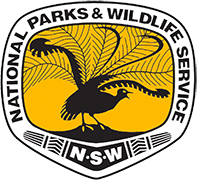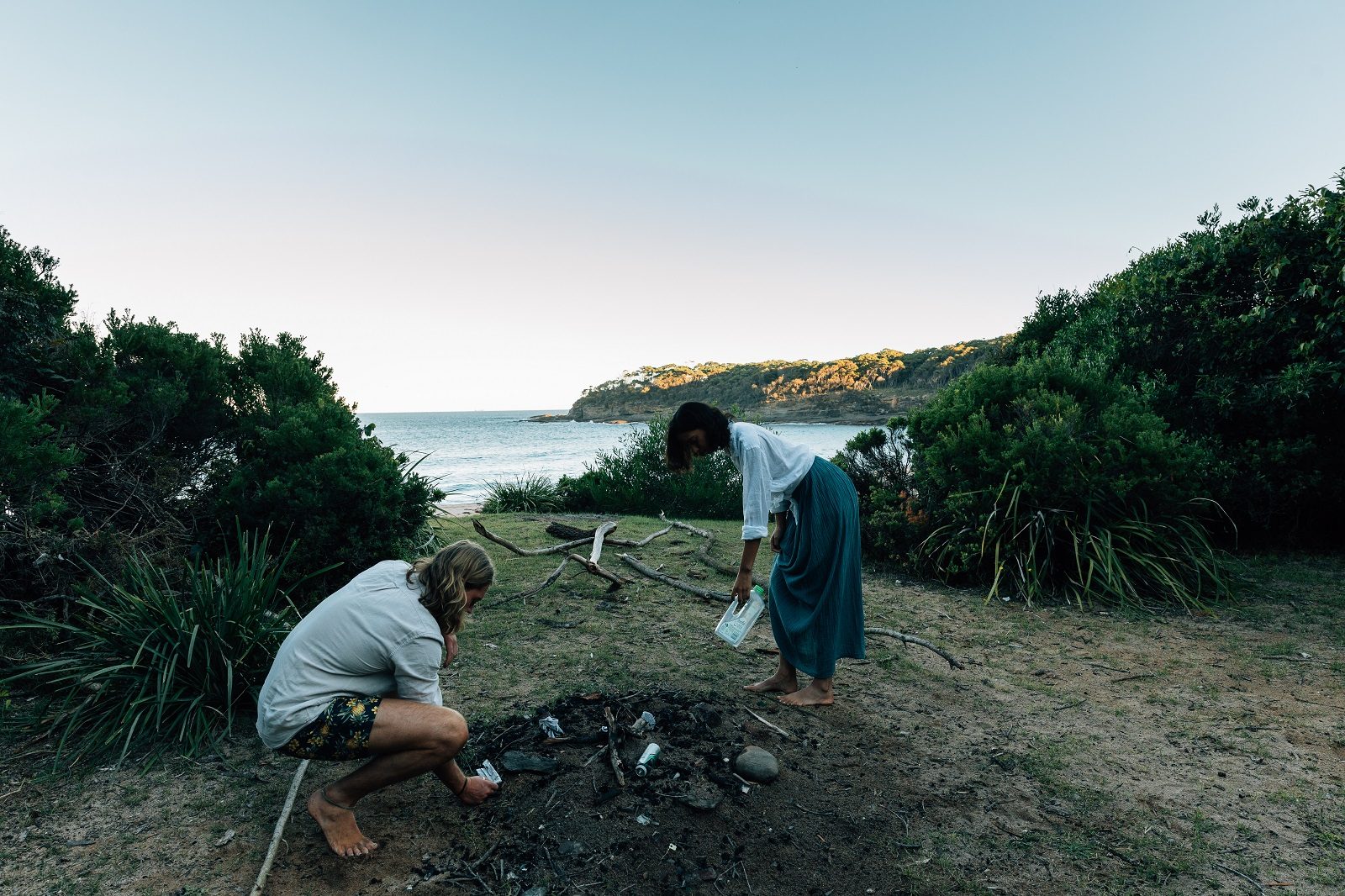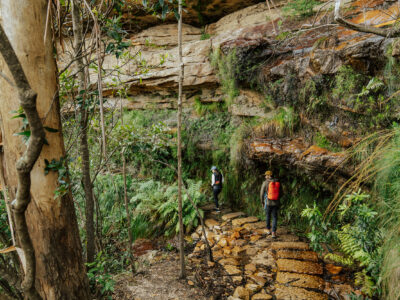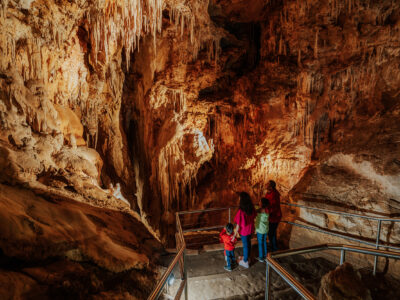Sometimes it’s mind-blowing that the natural beauty of our national parks is open to all, but this is only possible because people all over the world follow the principles of #LeaveNoTrace.
Leave No Trace defines modern outdoor philosophy. It’s a set of guidelines based around minimising your impact, but they haven’t always been around. In the first half of last century, the bush was taken for granted and campers would dig, cut and burn whenever they needed. As environmental knowledge grew and gear improved, the focus shifted to conservation.
In the 90s the 7 Principles of Leave No Trace became officially recognised – leaving our wild places exactly as we found them became the norm. So what are they?
-
Plan ahead and prepare
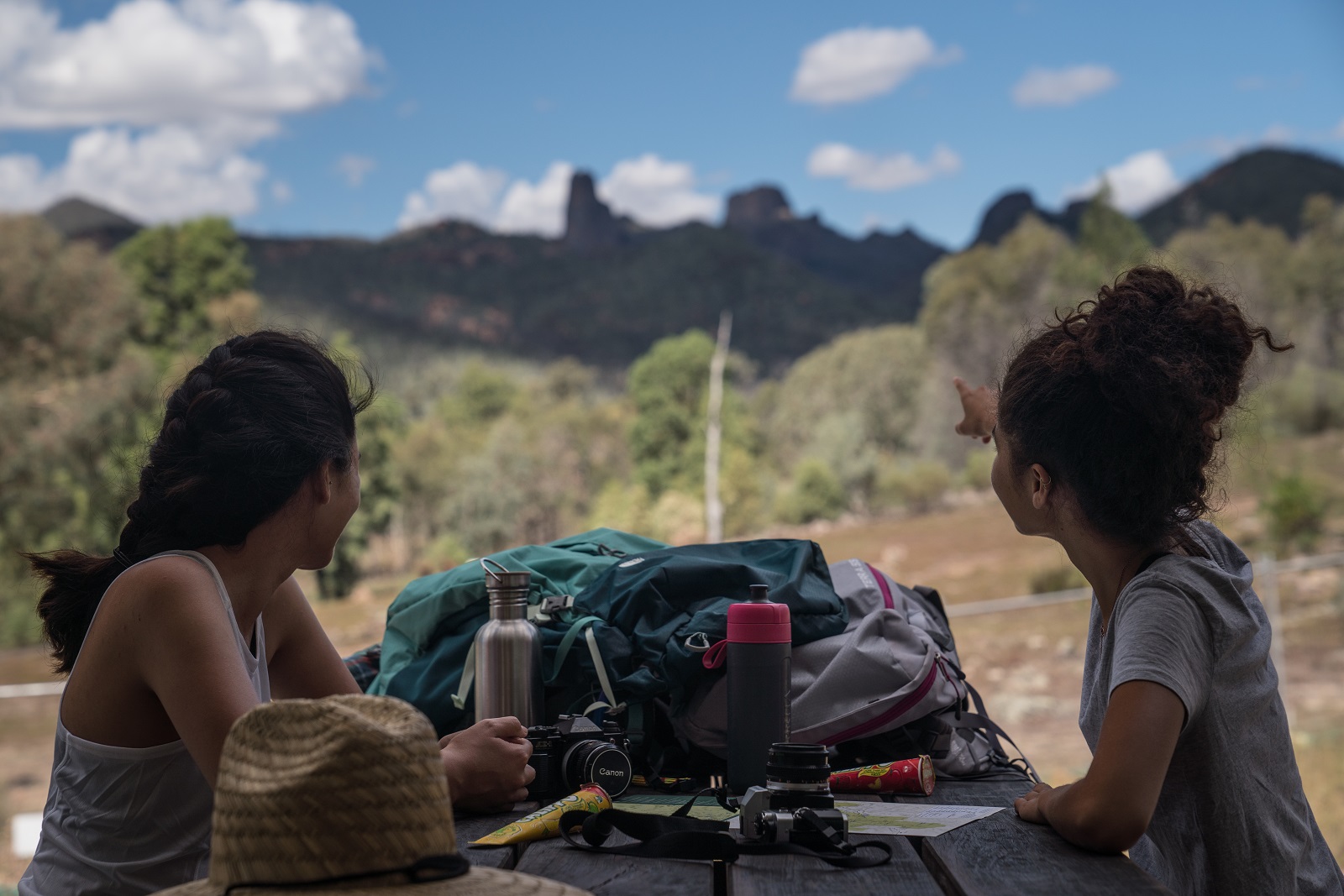 Photo Information
Photo InformationBe prepared. Plan ahead. Good times.
Breadknife and Grand High Tops walk
Warrumbungle National Park
Rob Mulally/DPIE (2018)
Planning out your trip and preparing to manage your impact along the way makes sticking to the other Leave No Trace principles easy. Follow these to fly through the outdoors:
Remove packaging where possible
Use reusable containers for food and drink, or make your food from scratch and avoid the waste in the first place. Bring a garbage bag to carry your rubbish out (and any extra rubbish that you find!)
Read up
Check out the restrictions and conservation programs that might impact the park you’re visiting. You might need to follow special procedures, like washing your boots before entering to protect frogs from Chytrid Fungus.
Hit the off peak!
Too many people at once puts a lot of pressure on our wild places, so try and avoid busy periods (you might even get it all to yourself). If you’re heading out with a big crew split into groups of 4-6 people.
Bring the compass
In the backcountry, it’s better to use your navigation skills and landmarks than marking trees with tape or rock stacking.
Tip: Check the Alerts page before you go to get the lowdown on your park of choice.
-
Travel and camp on durable surfaces
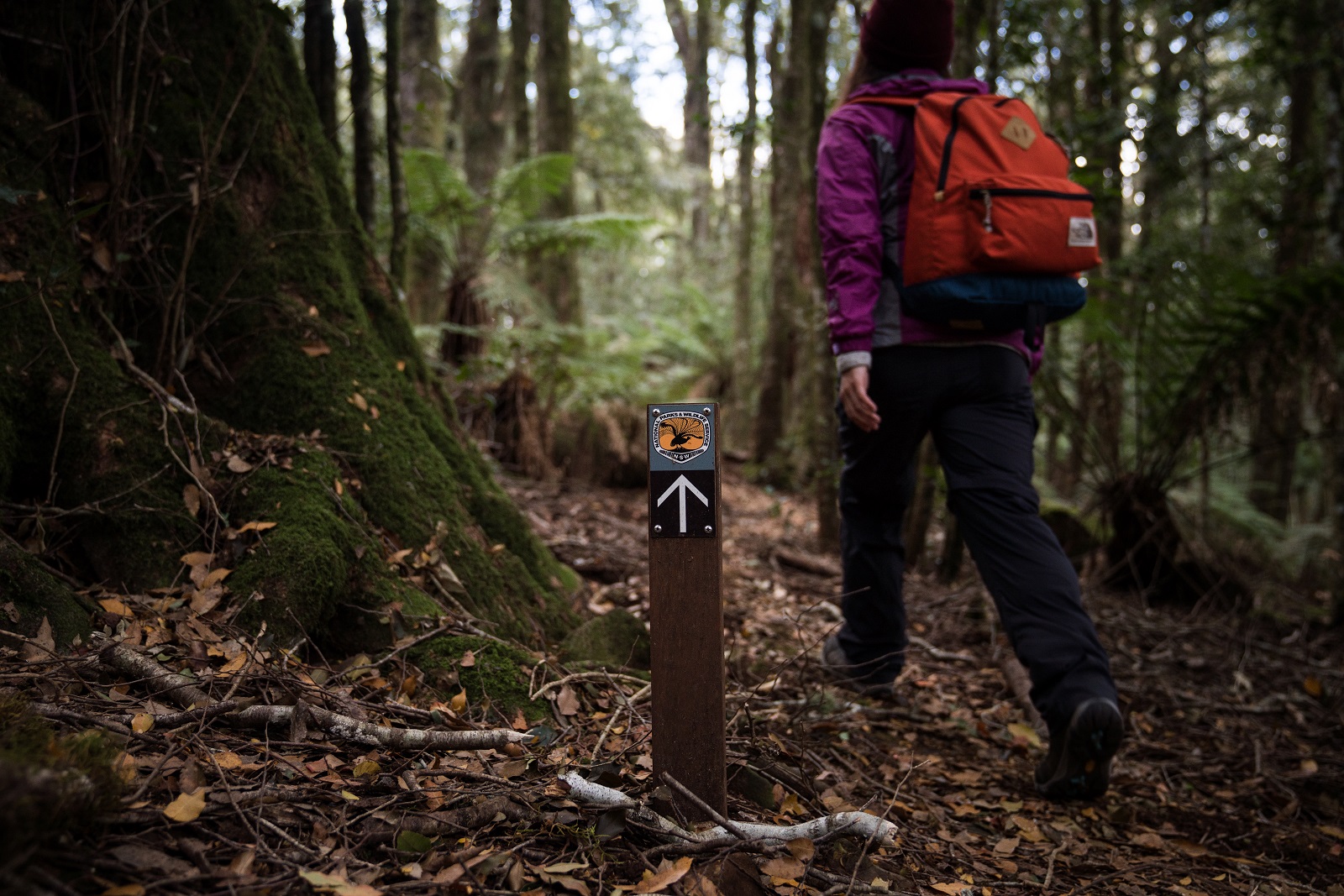 Photo Information
Photo InformationStay on track.
Honeysuckle picnic area
Barrington Tops National Park
Rob Mulally/DPIE (2018)
Many feet make light work of soft soils, so it’s important to travel and camp on durable ones wherever possible.
Campsites
Campsites have been put in place because their location makes it easier to manage the impact of large numbers of people. In more remote areas, campsites are naturally occurring places at least 50 metres back from the water that feature hardy dirt, rock or sand-based surfaces that drain well. It’s best to take some soft camp shoes as well, the ground (and your feet) will thank you.
Hiking
Hiking’s where the real damage happens. The best way to minimise your impact here is to stay in single file and stick to the track no matter what! Veering off the track can lead to track-braiding which is ugly, spreads out the impact and drastically increases erosion.
Did you know? Hikers wear high-ankle waterproof hiking boots so they can tramp through mud and always stay on the track
-
Dispose of Waste Properly
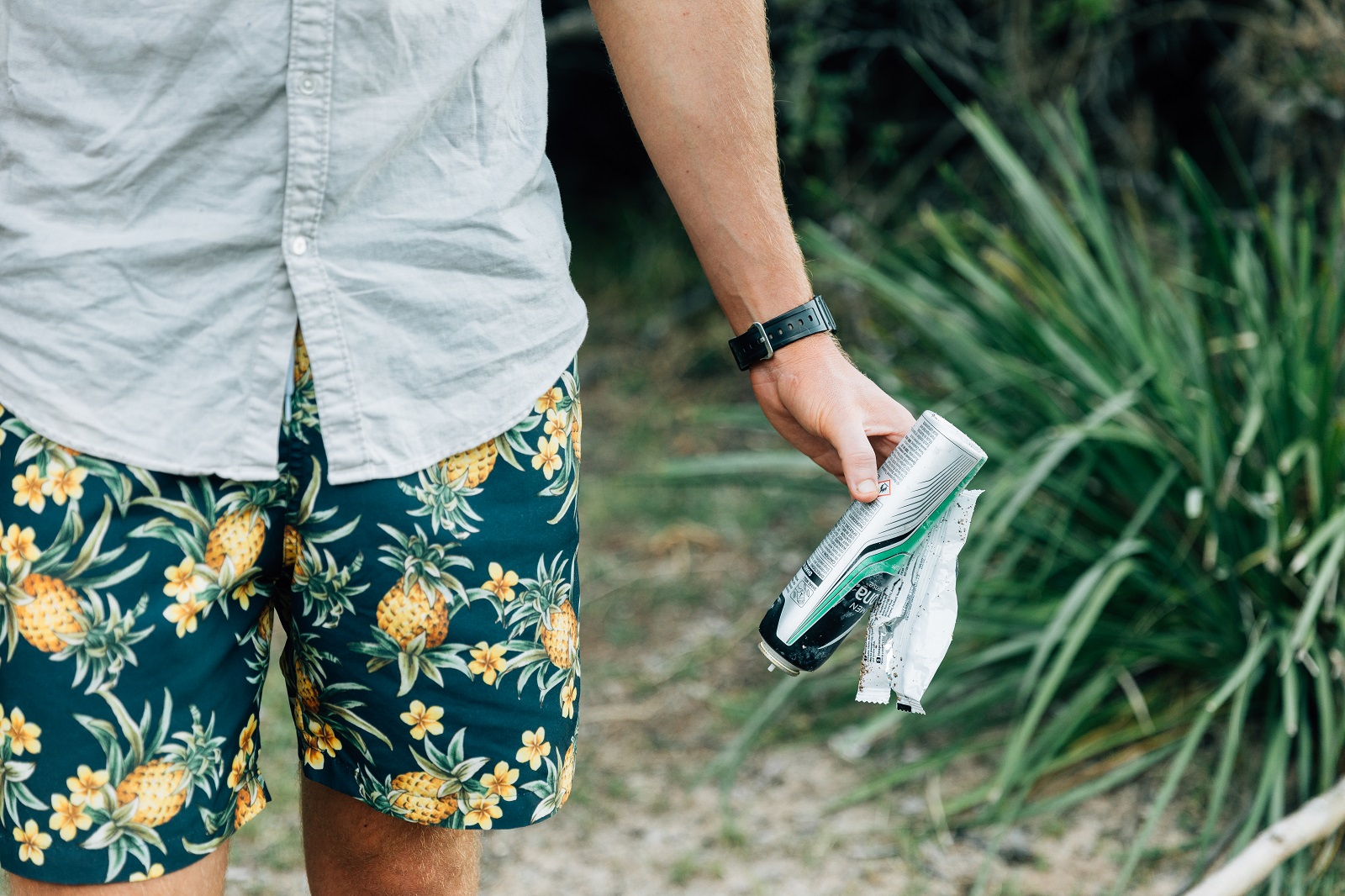 Photo Information
Photo InformationTake your rubbish with you. #Dontbeatosser
Murramarang National Park
Melissa Findley/DPIE (2018)
One of the key ways to leave no trace is to make sure you don’t leave anything behind. It sounds obvious, but there are a bunch of common things people think the wilderness will take care of.
Food waste
Food that you chuck in the bush will biodegrade eventually, but not before it’s been an eyesore to others, impacted the native wildlife or even sprouted an invasive species. Pack it out or use bins where provided.
True or false? I can toss my banana peels, apple cores and other ‘natural’ foods into the bush because they will decompose. False! These ‘natural’ food items will not decompose quickly. Some fruit takes years to decompose depending on the environment they’re in. Food waste is also likely to be eaten by wildlife, which is bad for their digestion as they’re not accustomed to these foods. Fruit and vegetable seeds that end up on the ground could result in non-native plant growth.
Human waste
Use toilets where provided or pack out “faecal waste” (poo) for minimum impact. If you have to dig a hole, make sure it’s at least 15cm deep, 100m from water and you cover it back up when you’re done. You should still pack out toilet paper, sanitary pads, tampons and condoms because they don’t biodegrade.
Soap and toothpaste
Use these sparingly and at least 50m from water, definitely never use them in creeks, dams and rivers as they can harm wildlife and contaminate drinking water. Use biodegradable options and disperse used water in the bush.
-
Leave What You Find
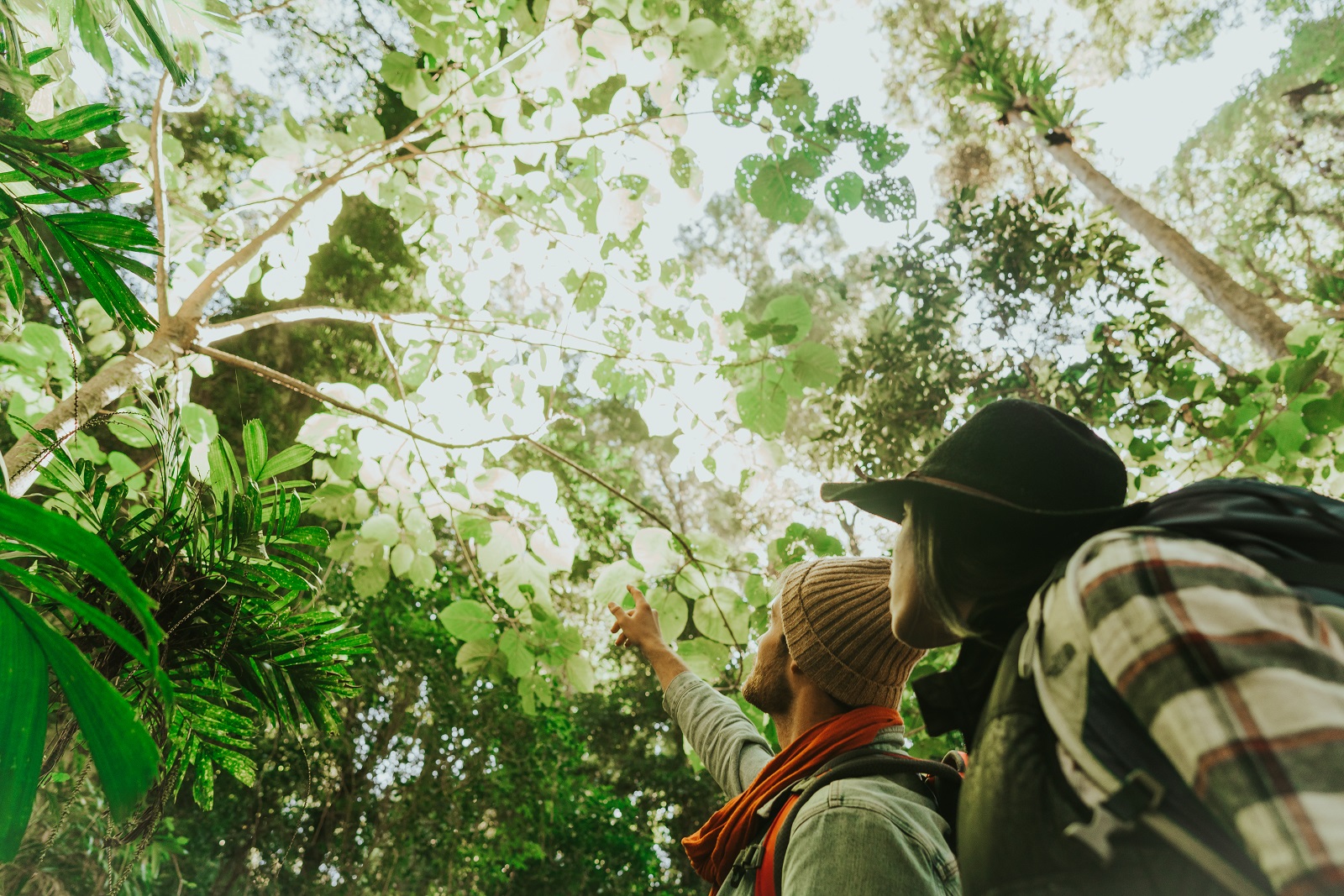 Photo Information
Photo InformationLook but don’t touch.
Wonga walk
Dorrigo National Park
Branden Bodman/DPIE (2018)
Leave no trace is all about protecting environments in their natural state, as are national parks, so keep ya mitts to yourself!
Don’t touch
Respect Aboriginal sites and other culturally significant or historic areas by observing quietly and sticking to paths. This one’s also important for nature, try to avoid touching trees and moss as you pass, the damage builds up over time. At camp, avoid tying ropes to trees as it can easily ringbark them.
Did you know? Rock stacking is discouraged because it can take away the habitats of many species, including some that are threatened, as well as destroying away from the beauty of the natural environment.
Or take
You’ve heard the phrase “take only photographs, leave no footprints” and to be honest, it’s a pretty damn good motto. Taking anything else from the natural environment might seem harmless on its own, but the effects quickly add up and damage habitats. It’s also disrespectful to “souvenir” objects from cultural sites; tourists visiting Uluru have been returning Sorry Rocks for years out of guilt.
Wash your gear
Soil, seeds and spores can stick to any gear that gets dirty while out in the wild. Help to avoid spreading diseases or invasive species by cleaning your gear before and after use.
-
Minimise Campfire Impacts
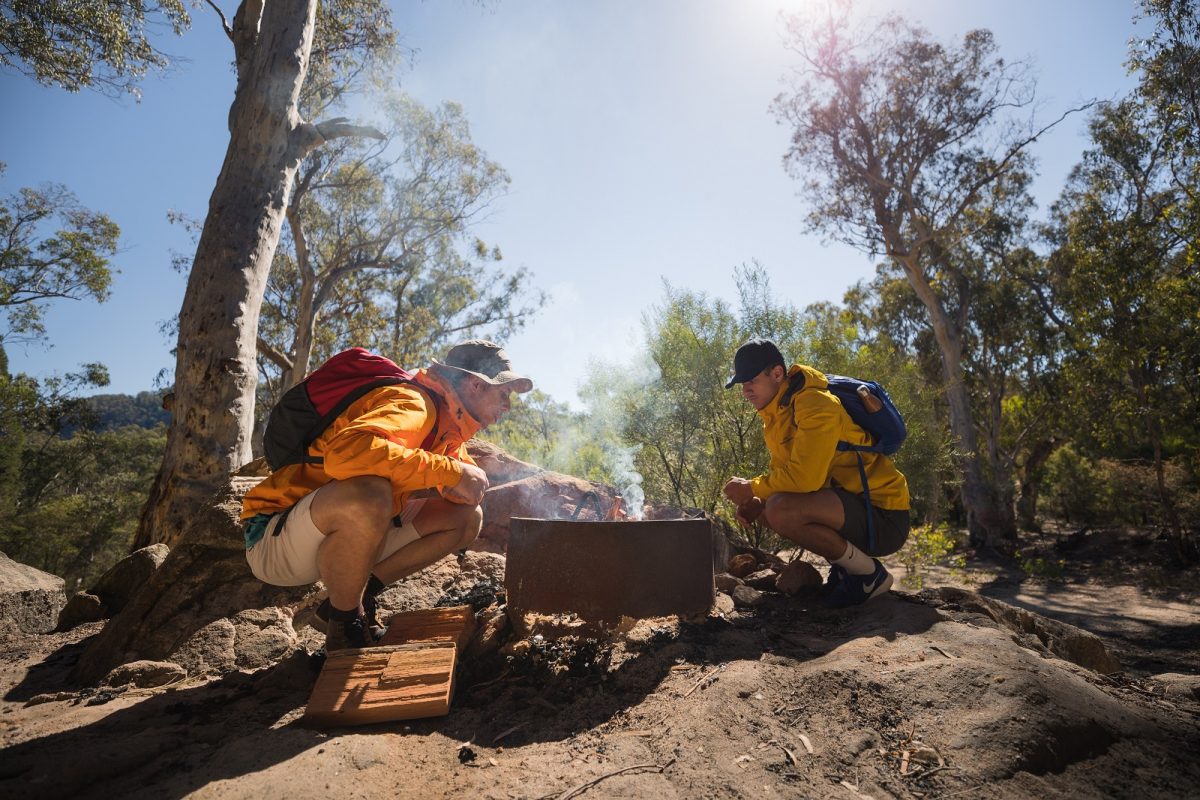
Avoid lighting fires but if you do here are pointers to do it safely:-
Fire safe
When permitted (it’s essential you check the NPWS website for the latest alerts or check with the local NPWS office), fires should only be lit in designated fire pits or circles, don’t assume ashes on the ground indicate an approved spot for a fire. Avoid lighting fires where possible – fuel stoves make less of an impact and are usually better for cooking anyway.
Leaving it cold
If your fire’s burning you should always be there, making sure it doesn’t escape and burn down the whole forest (that’d leave a trace!). When you’re setting up, scrape away the top layer of vegetation leaving mineral earth, stay with the fire until you’re done with it, then extinguish it completely and leave it cold.
Bring your own wood
Dead wood and fallen branches provide habitats for native animals so bring your own wood or use wood that’s provided to minimise the impact of your campsite. Remember it’s prohibited to gather firewood in NSW National Parks. Check to see if your destination campsite provides firewood.
-
Respect Wildlife
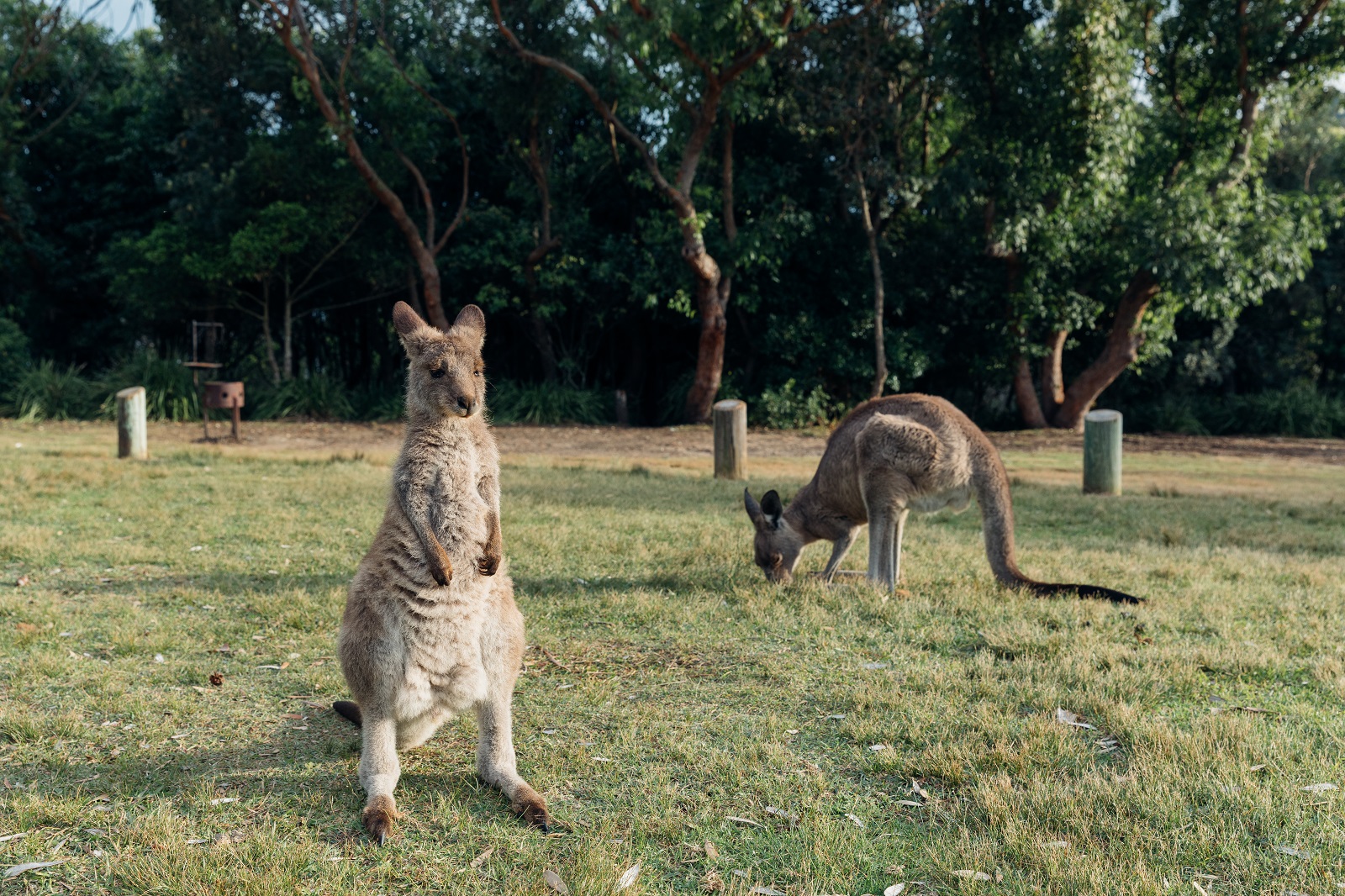 Photo Information
Photo InformationRespect the locals
Pretty Beach
Murramarang National Park
Melissa Findley/DPIE (2018)
Don’t feed the animals
Feeding native animals can make them sick and impact their natural behaviours. It can also be quite dangerous and encourage them to scavenge campsites for food. Watch the natives from a distance acting as they would if you weren’t around.
Tip: Make sure you secure all of your food to avoid feeding the animals accidentally and missing out on lunch!
But I can pat them, right?
Even if you don’t feed the animals, getting too close or touching them can be harmful; it can distract them from their young or alter their scent. Quell the urge to get a selfie with the wildlife, you might get called out online for getting too close! Read more about why #dontfeedit is so important.
-
Be Considerate of Other Visitors
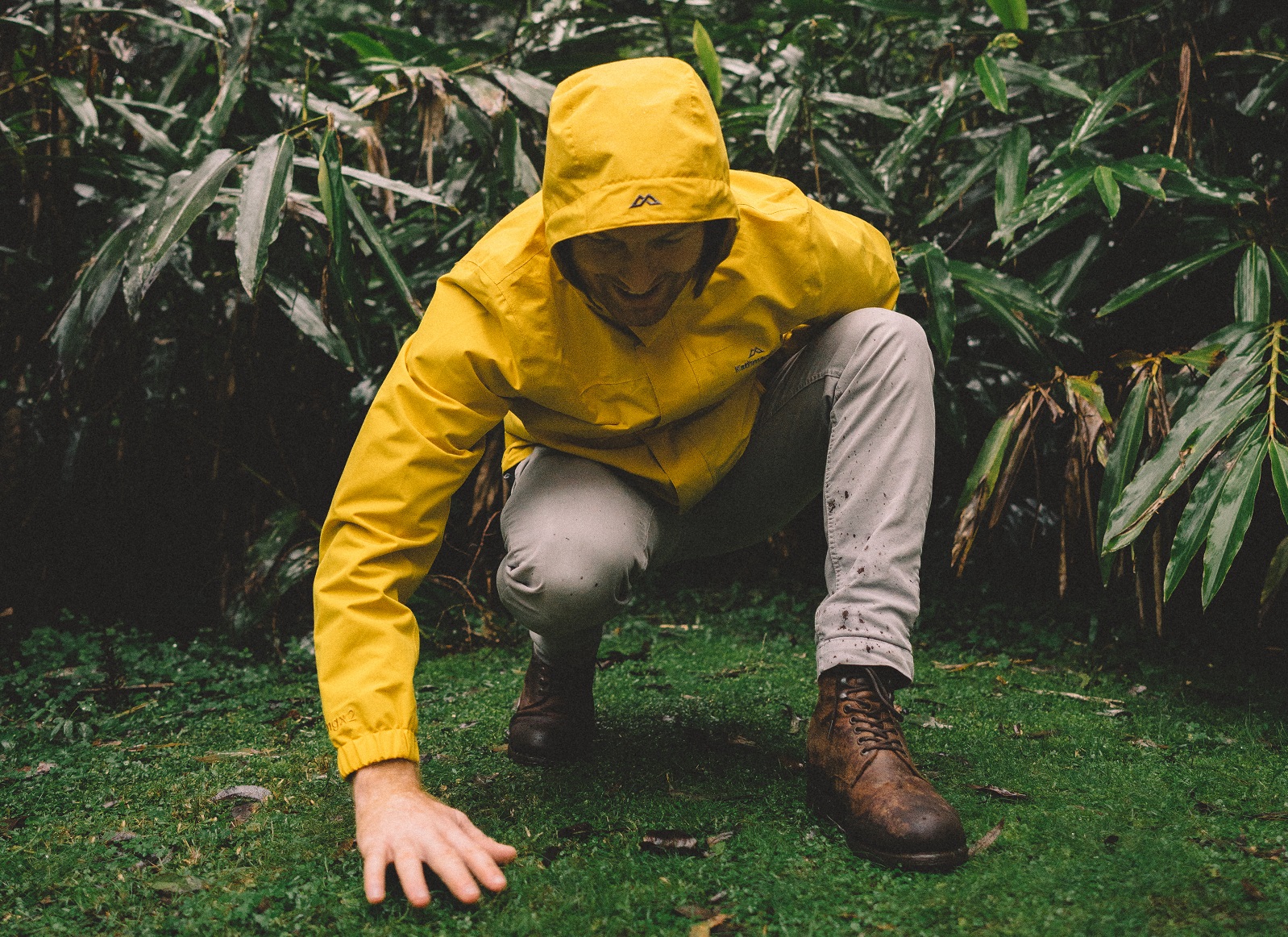 Photo Information
Photo InformationBe considerate. Enjoy the natural beauty of national parks in harmony with everyone.
Barrington Tops National Park
Branden Bodman/DPIE (2018)
Leave no trace ensures that everyone can enjoy the natural beauty of national parks in harmony, so this point is rooted in respect for the park, rangers, traditional owners and other visitors.
Say g’day and help out others when needed, only enter areas where permitted and follow all regulations (even if you don’t understand them at the time). Finally, try not to be too loud and avoid amplified noise or machinery like generators – sound carries well in our parks so keep it down and keep it wild.
-
Think Before You Post On Socials
Social media has created a heap of unexpected problems for the environment, so Leave No Trace now has some guidelines to help you avoid damaging our wild places through your digital presence.
Don’t tag specific locations
Super accurate geotags can lead to hundreds of people heading to an exact spot, more than it’s naturally able to deal with. Better to tag the national park you’re in and let people explore for themselves.
If you can do it, everyone can
Make sure that your photos stick to the Leave No Trace guidelines. Jumping barriers, going off track or lighting fires in inappropriate spots might seem harmless to get the shot, but it’ll inspire heaps of others to do the same; keep it legit!
Volunteer!
There’s a raft of ways to get involved with volunteering in NSW National Parks. What better way to show you care than putting your back into it? (We reckon it makes for a pretty good Instagram post too!)
Spread the Leave No Trace message
Social media can cause major harm to the environment, but used correctly it can educate, inspire and foster our collective love of the outdoors. Including Leave No Trace messages in your posts and talking about your reasons for following the advice above is a pretty powerful move.
